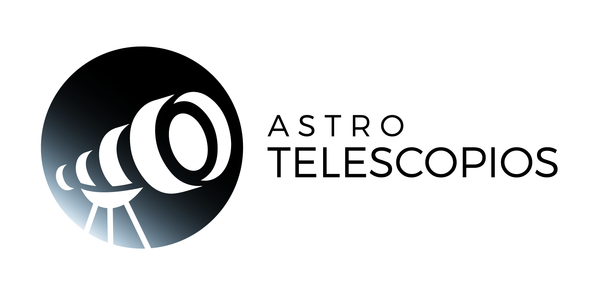
Comet Tempel-Tuttle and the Leonid Shower
On the vast stage of the cosmos, Comet Tempel-Tuttle plays a prominent role, especially when it comes to one of astronomy's most impressive spectacles: the Leonid meteor shower. This fascinating astronomical phenomenon has its roots in the orbit of this periodic comet.
Comet Tempel-Tuttle
Comet Tempel-Tuttle, named after its discoverers Ernst Wilhelm Leberecht Tempel and Horace Parnell Tuttle, orbits the Sun every 33.25 years. Its last visit to the interior of the solar system took place in 1998, which means that its next approach will be in the year 2031. As it approaches the Sun, it releases material that forms a bright tail of dust and gas, leaving a distinctive trail. in his career.
The magic really happens when Earth crosses Tempel-Tuttle's orbit. At this point, the comet's remains interact with our atmosphere, causing the Leonid meteor shower. This celestial spectacle reaches its peak in mid-November each year, when the Earth passes through the dense region of debris left by the comet.
Why is it called the Leonid meteor shower?
The Leonids get their name because of their apparent radiance in the constellation Leo, which is the position in the sky from which they appear to originate. This phenomenon is known for producing bright, fast meteors, often accompanied by dazzling trails. Astronomy enthusiasts take advantage of this time to observe the night sky and marvel at the shower of shooting stars.
This annual event has been observed and studied for centuries. Their regular frequency, driven by the periodic orbit of comet Tempel-Tuttle, has allowed astronomers to accurately predict the peak of Leonid activity. This has contributed to the growth of public interest in astronomy, encouraging the participation of amateur observers around the world.
In conclusion, the connection between Comet Tempel-Tuttle and the Leonid shower offers a unique window to appreciate the cosmic dance taking place in our solar system. This celestial phenomenon, which combines the orbit of a distant comet with Earth's atmosphere, remains a stunning reminder of the beauty and complexity of the universe we inhabit.
How and when to see it?
To enjoy the Leonid shower generated by Comet Tempel-Tuttle, find a dark place away from light pollution. The best viewing window is usually mid-November, when it reaches its peak. Direct your gaze toward the constellation Leo, and the magic of the night sky will reveal the dazzling meteor show, especially in the early hours before dawn.
2023 is expected to be a good year to sit down and observe the Leonids, since their maximum activity will be four days after the new moon phase, scheduled for November 13.
During the night of November 17-18, the maximum activity of the Leonid "star shower" is anticipated, and the crescent of the Moon will set before the radiant appears on the horizon, providing optimal conditions for observation. The best time to see them will be at 06:33.
Get ready to marvel at the celestial dance of the Leonids!
